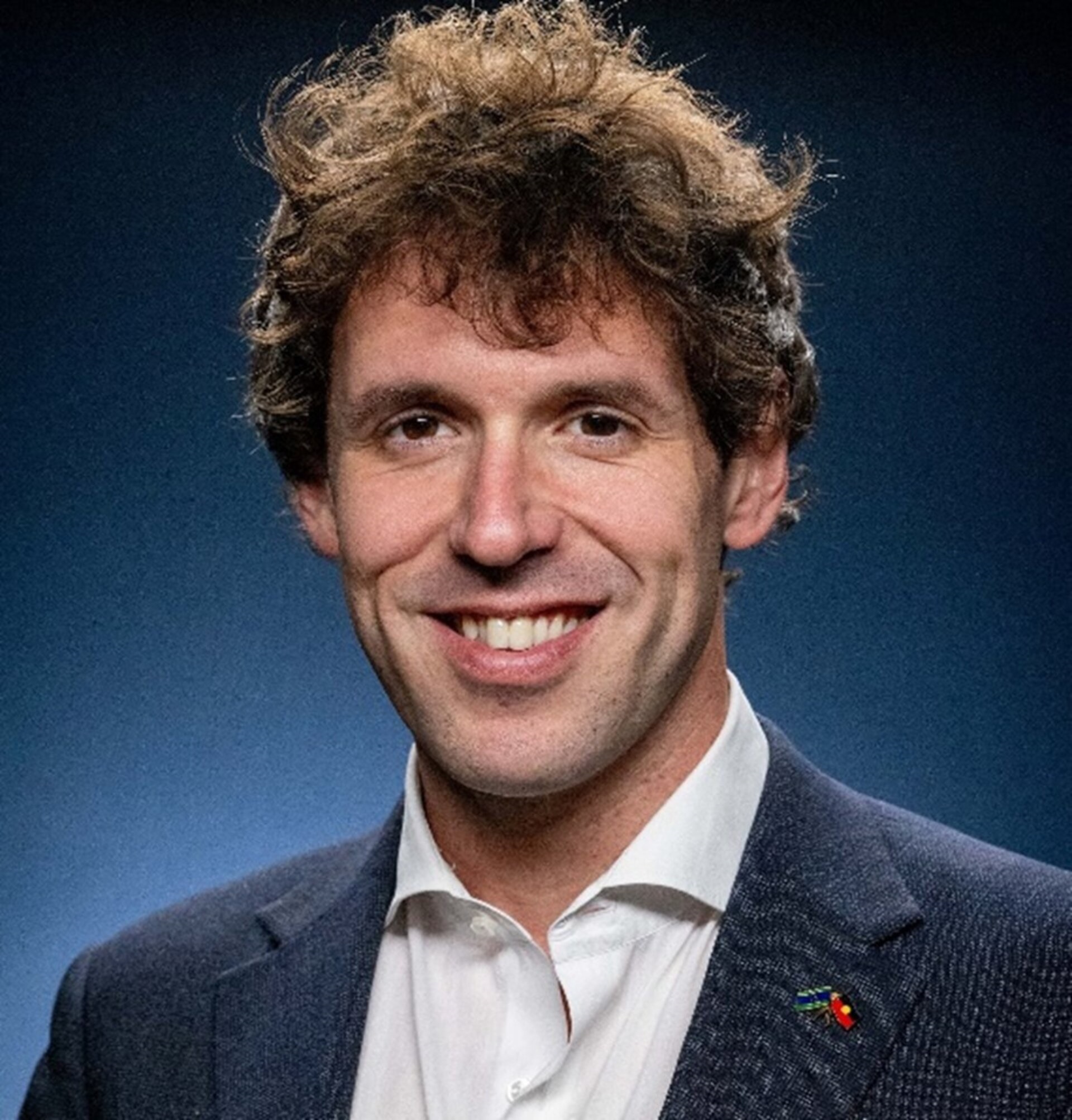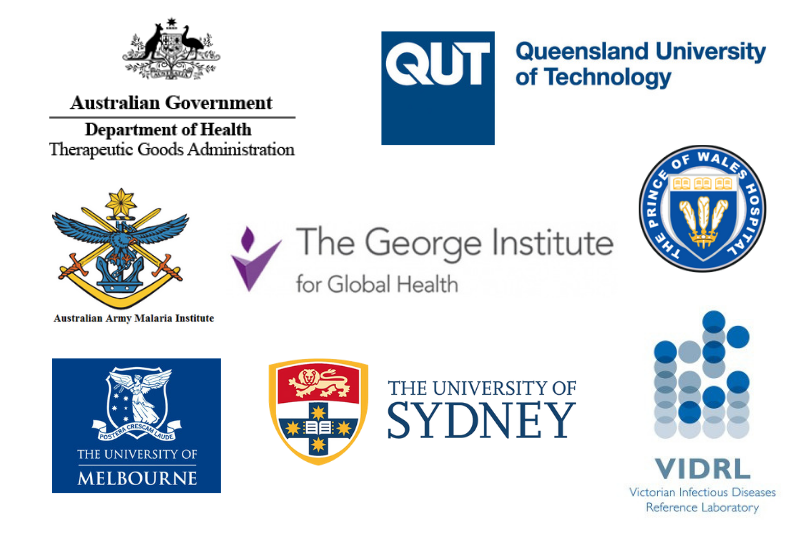.tmb-768v.jpg?Culture=en&sfvrsn=a1088621_3)
Australia
Partner in global health
This content was last updated on 13 December 2024.
Leaders in the Western Pacific and beyond
WHO and Australia have a strong, long-standing partnership spanning more than 70 years. During this time, the sharing of expertise across a wide range of health issues has helped make the Indo-Pacific region, and beyond, healthier and safer.
Domestically, Australia’s achievements in health include high life expectancy, a well-established health system, strong regulatory capacity, demonstrated resilience to health security threats and global leadership in many areas of public health, such as tobacco control and cervical cancer eradication. Australia is currently in the process of establishing the Australian Centre for Disease Control (Australian CDC), aims to build on the country's existing strengths and capabilities, drive better health outcomes for all Australians, and help protect the country from any nationally significant health threats arise.
Australia's leadership in health extends from the domestic setting to global. With Australia currently serving as a member of the WHO Executive Board (2023–2026). Moreover, Australia has played a key role WHO's governance, including the Working Group on Sustainable Financing and the Intergovernmental Negotiating Body (INB).
WHO recognizes and appreciates the technical, human resources and financial support provided by Australia, which is currently the fourth-largest core voluntary contributor.
Investments in health are not just investments in a healthier future; they are a down payment on a fairer, safer and more prosperous world. Health is at the heart of the 2030 Agenda for Sustainable Development and the 17 Sustainable Development Goals (SDGs). Although SDG 3 targets good health and well-being, health is integral to all goals, and all goals are influenced by health.
Focusing on regional health security
In the Asia-Pacific region, which comprises WHO’s South-East Asia and Western Pacific regions, health security is continually threatened by outbreaks and public health emergencies caused by emerging infectious diseases, natural hazards and unsafe food and water.
While Australia does not share any land borders, rapid air travel and trade mean that outbreaks of new and re-emerging diseases in one country can become global concerns in a matter of hours. A key player in health security, Australia has provided valuable support for WHO’s work on health security and emergency preparedness and response – including during the COVID-19 pandemic.
In early 2023, the Australian Government launched its five-year Partnerships for a Healthy Region initiative, as part of its continued investment in health and as an important contribution to the Pacific and Southeast Asia's recovery from COVID-19.

Dr Luca de Toca, Australia’s Ambassador for Global Health.
WHO collaborating centres: Australian experts serving the world
The people of Australia lend their scientific expertise through the 51 WHO collaborating centres that work directly with WHO on a range of technical priorities. Some of Australia’s top institutions are represented, such as the Australian Institute of Health and Welfare, The George Institute for Global Health, the Therapeutic Goods Administration, Prince of Wales Hospital and others.
The WHO Collaborating Centre for Strengthening Rehabilitation Capacity in Health Systems, hosted by The University of Sydney, is supporting WHO’s work in developing a community-based rehabilitation (CBR) workforce in Pacific Island countries where access to rehabilitation services are scarce. The centre works with partners to promote and enhance CBR across the Pacific by developing educational materials relevant to the local context, conducting trainings and supporting people with disabilities and their families.
Since 1993, the WHO Collaborating Centre for Women’s Health at the University of Melbourne has contributed to research in a range of health areas pertaining to women such as sexual and reproductive health, violence, disability and obstetric care. In 2015, the centre completed a review of implementation of WHO’s guidelines on responding to intimate partner violence and sexual violence against women to more thoroughly address challenges specific to women with disabilities, who are two to three times more likely to be victims of physical and sexual abuse than women without a disability.
The WHO Collaborating Centre for Diagnostics and Laboratory Support for HIV/AIDS and Other Blood-borne Infections at the National Serology Reference Laboratory assists WHO in assuring the quality of testing conducted for HIV, viral hepatitis, malaria, human T-cell lymphotropic virus and other pathogens through capacity building of quality systems for testing of bloodborne pathogens; maintaining clinical specimen repositories and assisting with dossier assessment for WHO prequalification.
The WHO Collaborating Centre for Reference and Research on Influenza at the Victorian Infectious Diseases Reference Laboratory (VIDRL) in Melbourne analyses specimens and virus isolates from patients around the globe and during COVID-19, was the first lab outside China to isolate and share the virus.


